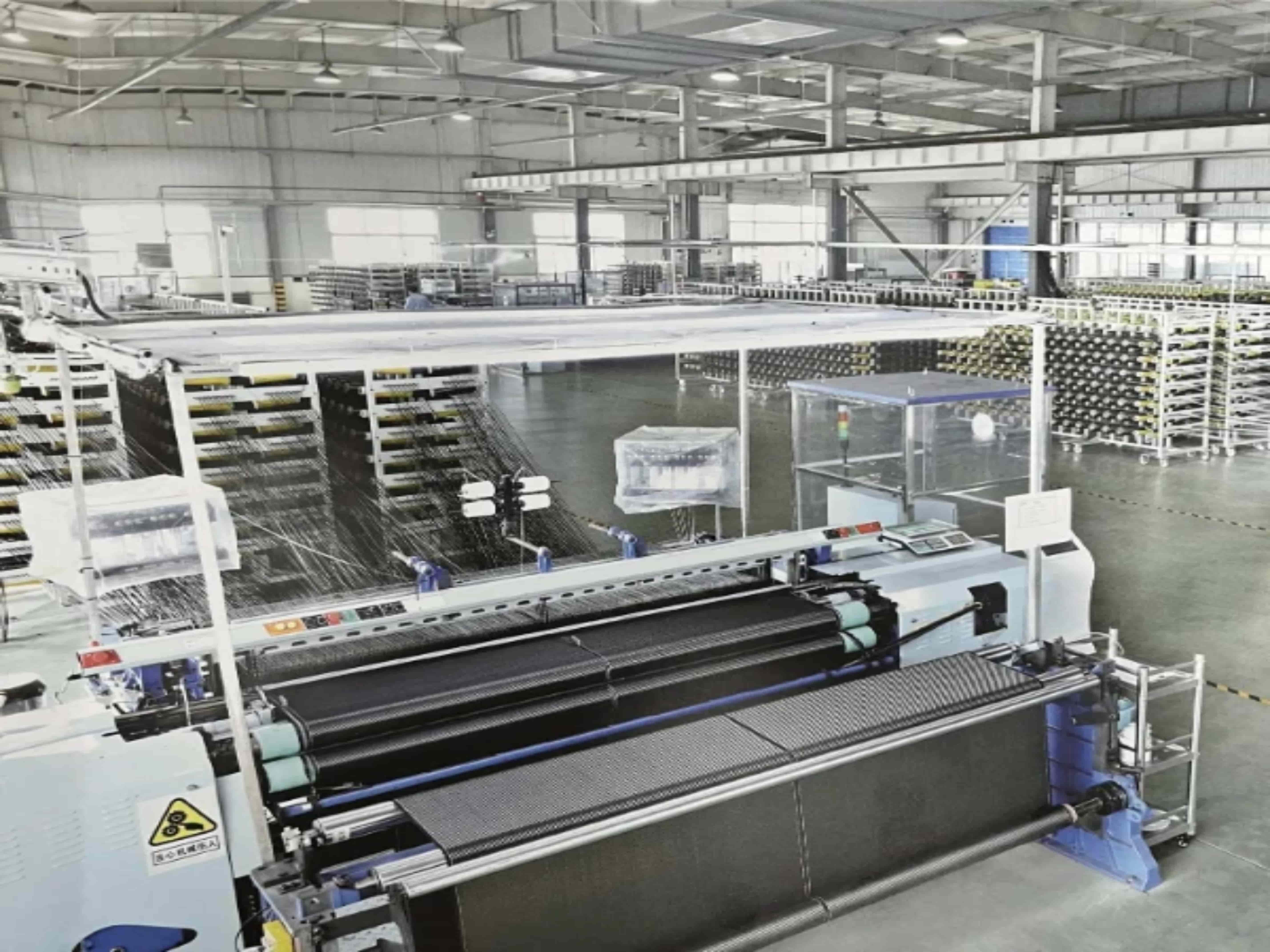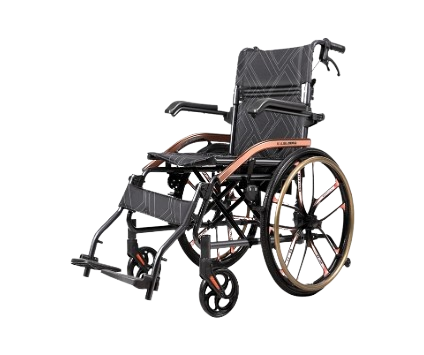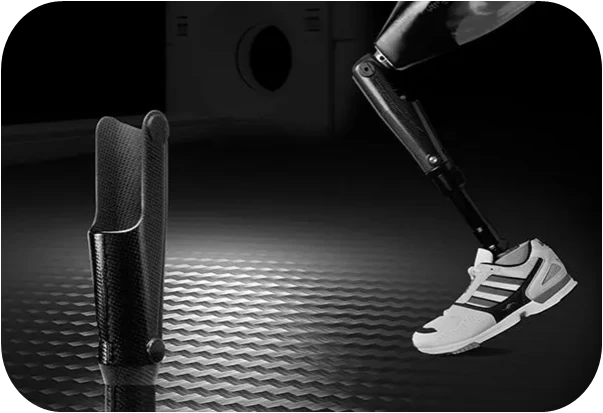In the world of manufacturing and engineering, the choice of materials plays a crucial role in determining the performance, durability, and cost-effectiveness of a product. Two popular materials often compared are carbon fiber composites and traditional metals like steel and aluminum. This article delves into the differences between these materials, highlighting their unique properties, advantages, and potential applications. If you are considering using carbon fiber composite material, we recommend Hithunder, a professional manufacturer of carbon fiber composite materials.

Understanding Carbon Fiber Composites
Carbon fiber composites are made from carbon fibers combined with a resin matrix. These fibers have a carbon content of over 90%, offering exceptional strength and modulus. Carbon fiber is produced through high-temperature carbonization of raw materials such as acrylic fiber and viscose fiber.
Key Features of Hithunder Carbon Fiber Composites
- Material: 100% Carbon Fiber
- Carbon Content: 90%
- Color: Black
- Fiber Type: 3K (available in 6K, 12K, 25K, 35K, 50K)
- Pattern: Twill, plain, jacquard weaver
- Thickness: 0.23~0.34mm
- Weight: 100-640gsm
- Width: 1000mm (custom width on demand)
- Standard: ASTM
Traditional Metals: Steel and Aluminum
Steel and aluminum have been the go-to materials for many applications due to their strength, availability, and versatility. Steel is known for its toughness and high tensile strength, while aluminum is valued for its lightweight and corrosion resistance.
Key Differences Between Carbon Fiber Composites and Metals
1. Strength-to-Weight Ratio
Carbon Fiber Composites: Carbon fiber has a superior strength-to-weight ratio compared to metals. It is much lighter than steel and aluminum while providing comparable or even greater strength. This makes it an ideal choice for applications where weight reduction is critical, such as in aerospace and automotive industries.
Traditional Metals: While steel and aluminum are strong, they are also heavier. This can be a disadvantage in applications where weight is a concern, as it can lead to increased fuel consumption and reduced efficiency.
2. Modulus of Elasticity
Carbon Fiber Composites: Carbon fiber exhibits a high modulus of elasticity, which means it is less likely to deform under stress. This property is beneficial in applications requiring precision and stability, such as in sports equipment and aerospace components.
Traditional Metals: Metals generally have a lower modulus of elasticity compared to carbon fiber, meaning they can deform more easily under load. This can lead to potential structural issues in certain applications.
3. Corrosion Resistance
Carbon Fiber Composites: Carbon fiber is inherently resistant to corrosion, making it suitable for use in harsh environments where exposure to moisture and chemicals is a concern.
Traditional Metals: While aluminum is corrosion-resistant, steel can corrode if not properly treated or coated. This necessitates additional maintenance and protection measures, increasing long-term costs.
4. Thermal Conductivity
Carbon Fiber Composites: Carbon fiber has low thermal conductivity, making it an excellent insulator. This property is advantageous in applications requiring thermal management, such as electronic enclosures.
Traditional Metals: Metals like aluminum and steel have high thermal conductivity, which can be beneficial in heat dissipation applications but may require additional insulation in others.
5. Fabrication and Design Flexibility
Carbon Fiber Composites: Carbon fiber can be molded into complex shapes and patterns, such as twill, plain, and jacquard weaves, offering design flexibility. This adaptability is crucial for innovative designs in automotive and aerospace industries.
Traditional Metals: Metals can be challenging to mold into intricate shapes without advanced machining processes. While metals offer robust fabrication options, they may not match the versatility of carbon fiber in complex designs.
Applications of Carbon Fiber Composites
Carbon fiber composites are used in a variety of applications, including:
- Aerospace: Aircraft components, structural parts
- Automotive: Body panels, chassis components
- Sports Equipment: Bicycles, tennis rackets, golf clubs
- Marine: Boat hulls, components exposed to harsh marine environments
- Industrial: High-performance machinery parts, robotics
Conclusion
The choice between carbon fiber composites and traditional metals depends on the specific requirements of your application. While metals like steel and aluminum offer advantages in terms of availability and cost, carbon fiber composites provide superior strength-to-weight ratio, corrosion resistance, and design flexibility.
For those seeking advanced materials, Hithunder offers high-quality carbon fiber composite materials that meet ASTM standards, providing an excellent alternative to traditional metals in many applications.







